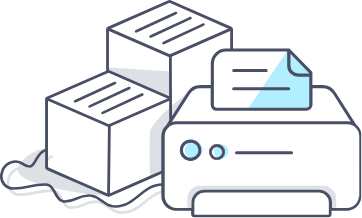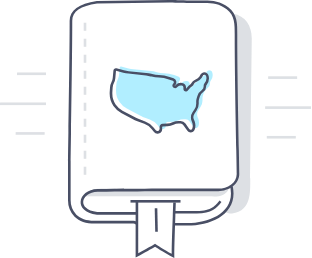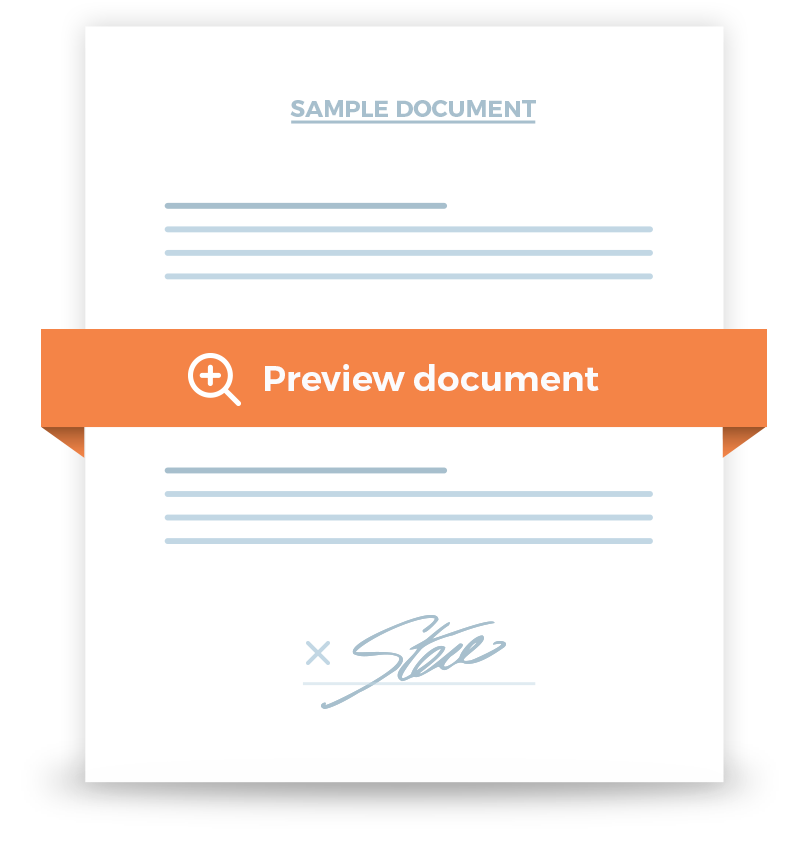Rental Inspection Checklist
A Rental Inspection Checklist is a document that records the state of a rental property before and after a tenant moves in.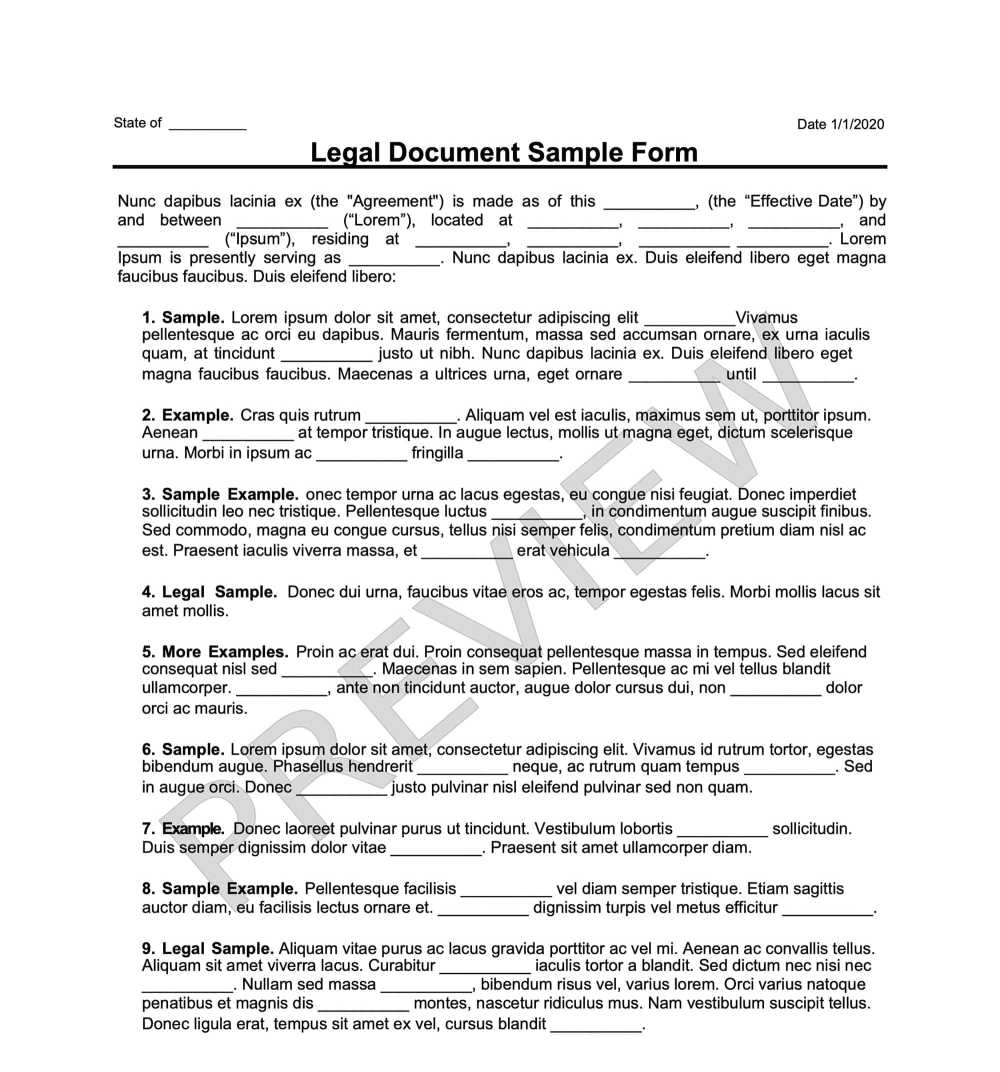

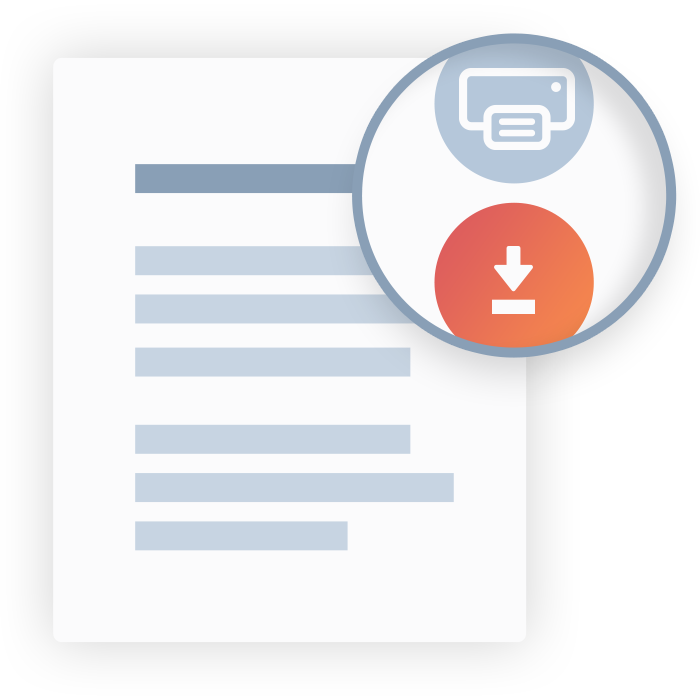
Frequently Asked Questions
It isn’t necessary to notarize this document. However, some may decide to do so just in case. Notarization may make the signatures harder to contest in the future.
Residential Rental Checklist covers all rooms in the rental property. When the landlord and tenant first inspect the property, they are to go through each room and note the condition of each, including the flooring, ceiling, doors, windows, doorknobs, HVAC system, lighting fixtures, plumbing, appliances, and optional items like furniture and more. It is perhaps more important to note items that are damaged or in disrepair, as everything else can be assumed to be in good condition. For a rental house, the Rental Inspection Checklist should also contain the description of the exterior such as the garage, front or back porch, driveway, mailbox, etc.
While not required and still not the norm, it can be a good idea to include photos as further documentation.
If a tenant damages something that belongs to the landlord, the landlord can keep a portion of the security deposit to cover the repair cost. However, there is a difference between damage and what is considered normal wear and tear, the latter of which is to be considered the normal cost of doing business, rather than charged to the tenant.
If your properties are unique, you as a landlord can still have a standard Rental Inspection Checklist but adapted to account for all properties. If some of your properties are furnished and some are not, for example, you will want to have a line item for furniture in the standard checklist, perhaps marking it as “as applicable.”

